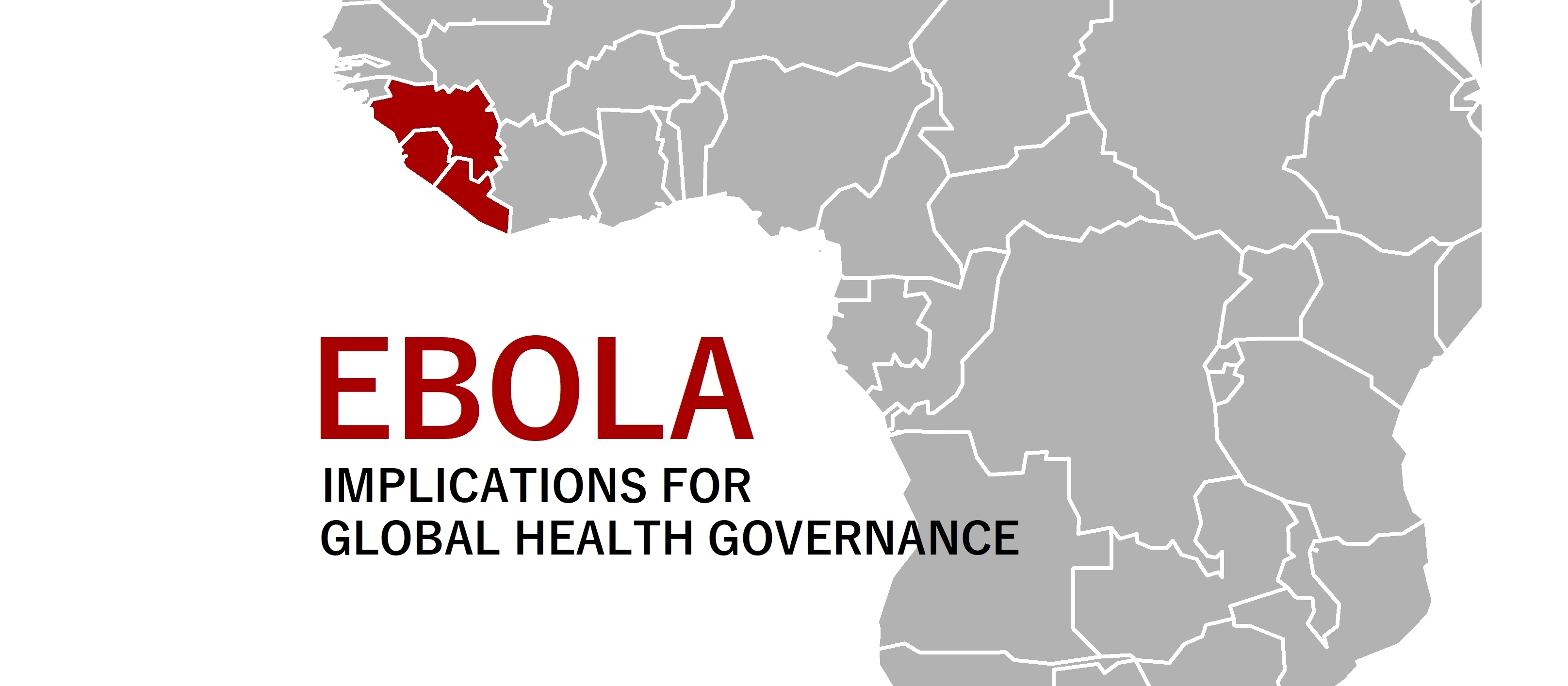By Jessica Flannery, Gabriel Seidman, Yadira Almodovar-Diaz, Usman Munir, Nurah Alamro and Suerie Moon
The Ebola outbreak that began in late 2013 in West Africa resulted in 28,637 cases and 11,315 deaths as of January 3, 2016, according to the World Health Organization (WHO). Along with direct mortality from Ebola, the outbreak exacerbated food insecurity and severely weakened already strained health infrastructure within heavily affected countries. The World Bank estimates the outbreak cost the three heavily affected countries 2.2 billion dollars in economic growth.
Effective interventions could have reduced morbidity and mortality from the disease, reassured the public, and helped health systems continue to function. When the outbreak began, there were no available approved drugs, vaccines, or rapid diagnostic tests for Ebola. Drugs or vaccines could have protected health workers, at least 418 of whom died caring for patients during the outbreak, and eased their deployment to outbreak-affected areas (if health workers were guaranteed access to such interventions).4 Rapid point-of-care diagnostic tests could have facilitated triage at overwhelmed Ebola treatment centers, simplified screening of travelers, and helped keep airlines, ships and borders open and operational. While health technologies are no panacea for managing outbreaks and epidemics, the absence of such technologies exacerbated the large-scale regional and global crisis set off by Ebola in 2014 …


